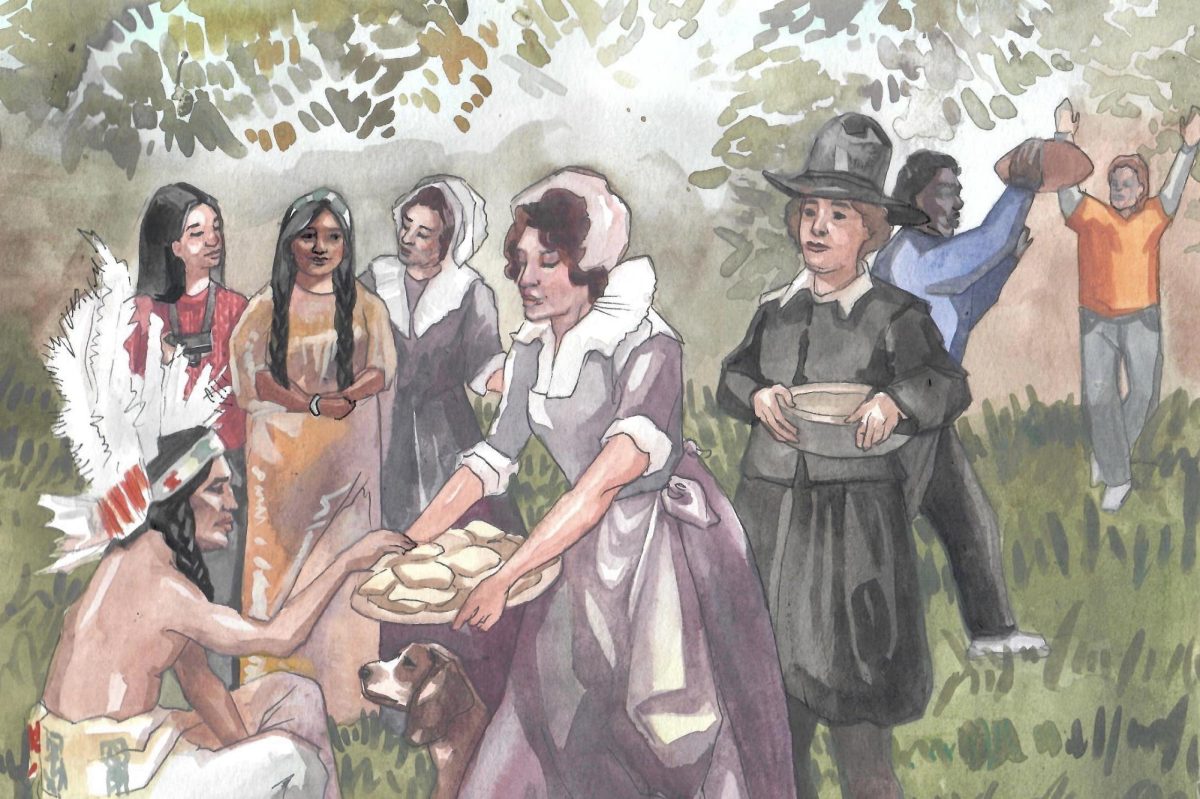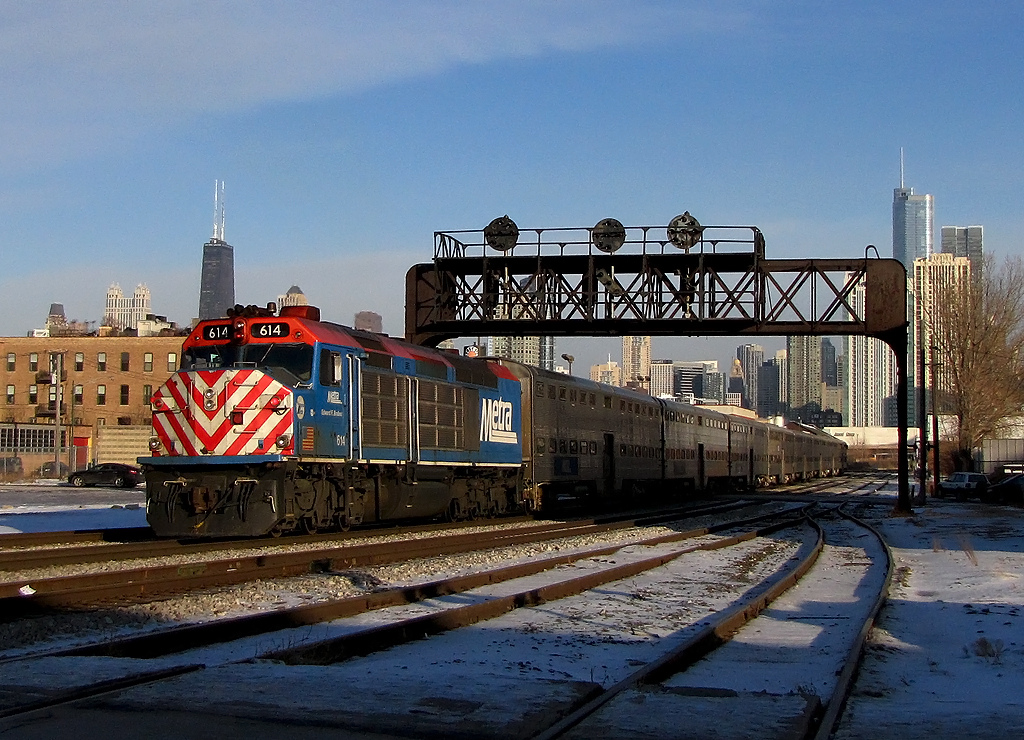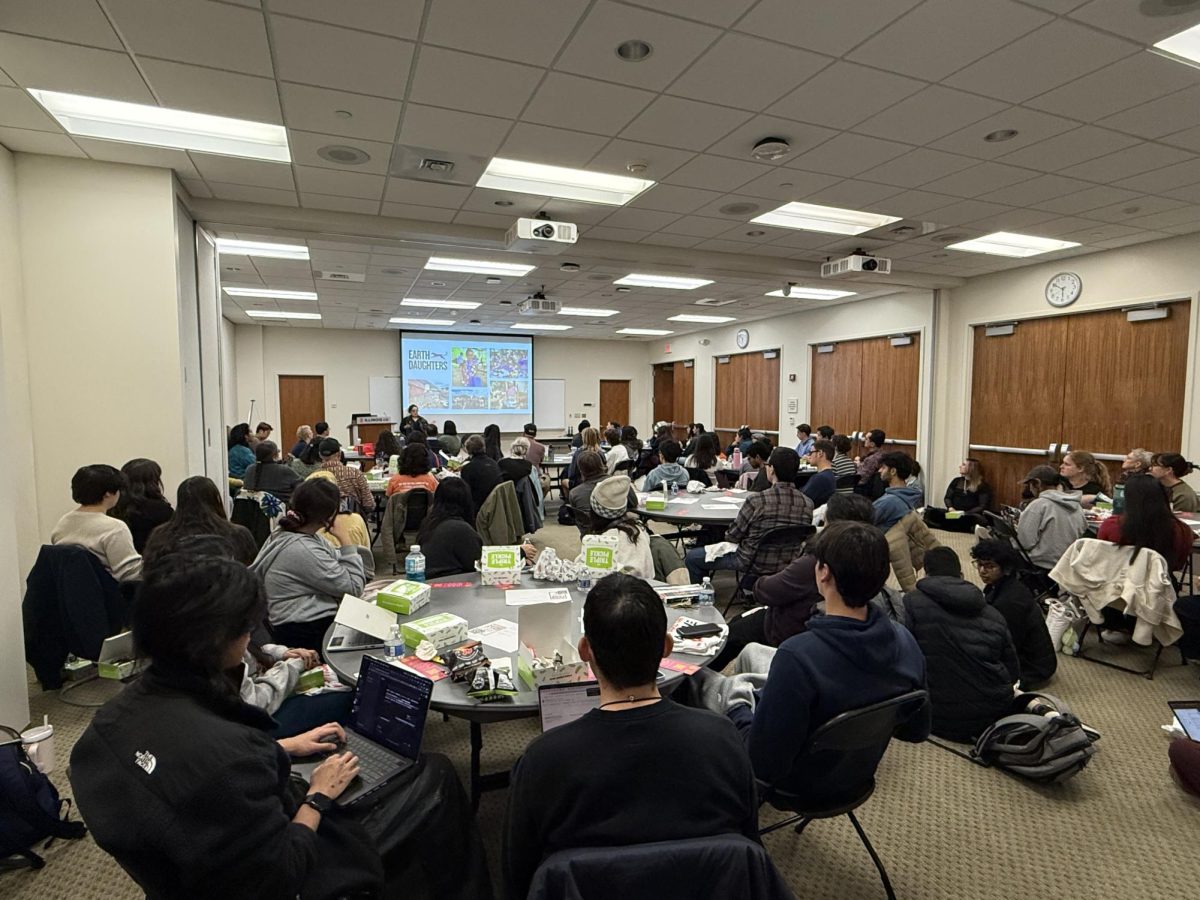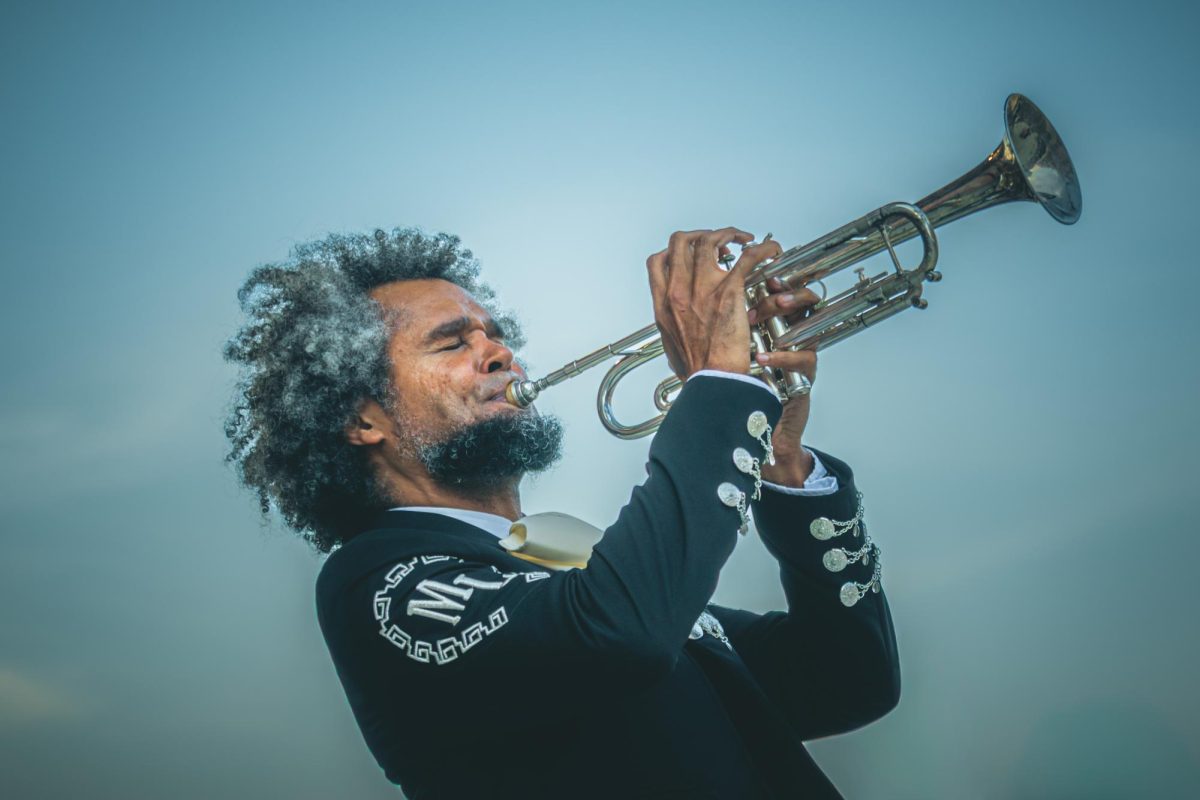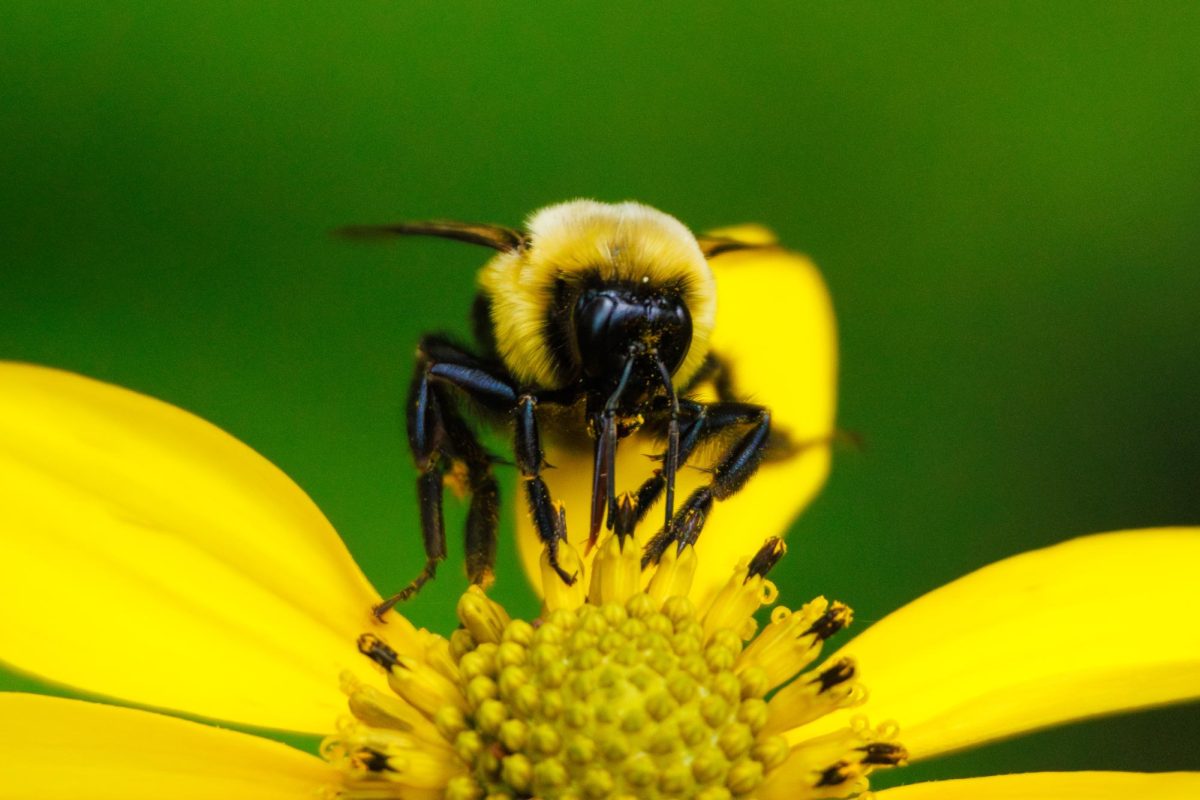As families gather around tables ready to eat food with football games erupting in soft cheers in the background, the history that manifested what is now modern Thanksgiving has been lost.
United States citizens use the fourth week of November to express thankfulness and prepare for imminent Christmas shopping. With the holiday garnering a tradition surrounding foods like turkey, cranberry sauce and stuffing, the pageantry has distracted from how the celebration began.
According to Encyclopedia Britannica, Thanksgiving originated from a communal harvest feast in 1621 between the Wampanoag people and pilgrims of Plymouth. However, it wasn’t until 1941 that it became an official holiday, as former President Franklin D. Roosevelt distributed a proclamation dedicating the fourth Thursday of the month to Thanksgiving.
This is the history regularly acknowledged during this time of year, using it as a story of what it means to gather. However, the colonization was not as positive as it was advertised to be. According to the National Museum of the American Indian, the celebrated colonization of the Americas, in reality, abused the native people by bringing disease, pillaging and deportation.
“When we think about the U.S., we need to look at the holistic history,” said Rosalyn LaPier, professor in LAS with specialties in Native American environment and gender studies. “This includes things like land annexation, disease and the genocidal practices towards Indigenous peoples.”
Get The Daily Illini in your inbox!
While the unity of Thanksgiving is exaggerated, the myth is still important within American households and embedded deep within culture. Countries create foundational stories to generate common narratives inside communities.
While these myths bond societies, LaPier said that “they usually come with some sort of baggage.” While this is not the only myth within the U.S., the presence of a federal holiday built around it raises its importance.
“It’s something that primarily Americans celebrate, not something Native Americans celebrate,” LaPier said. “There are native people who participate in Thanksgiving increasingly, but not too much.”
Although there are elements of the source in the original feast that inspired the holiday, LaPier said the false narrative begins when “you’re commemorating something further and further away from the actual event.”
Acknowledging the truths behind the history and past to be aware of what was the beginning of a beloved holiday will heal and prevent the continuing of false narratives.
“Be conscious about these things,” LaPier said. “Think differently, like ‘participating’ in Thanksgiving rather than ‘celebrating.’ We can still participate and do something but think about it differently, do it differently.”
A level of consciousness comes from imagery related to Thanksgiving. Pop culture paints a picture of Indigenous people and pilgrims joyfully gathering at a table, sometimes with a massive cornucopia atop.
“Cartoon-y images of the Indian and the pilgrim on paper plates, napkins and tablecloths make it hard to critique,” LaPier said. “People assume that if you can buy something with that imagery, then it’s okay.”
This imagery was prominent in University culture, with the former mascot, Chief Illiniwek, used from 1926–2007. Even though in 2005 the NCAA ruled native mascots abusive, Chief Illiniwek made brief appearances this year as the 100th anniversary of Memorial Stadium was celebrated this semester, appearing on brochures and remembrance images.
According to Illinois Public Media, the University distanced itself from Native American imagery because the NCAA announced that any school with a Native American as its mascot could not host postseason events. Illinois, along with Indiana University and the University of Michigan, are the only Big Ten schools with no official mascot.
“There is a recent study done by UIUC alum Joseph P. Gone that shows how native imagery and native mascots affect our implicit bias,” LaPier said. “People become more prejudiced towards Native people without even realizing it through the imagery, which is something that happens during Thanksgiving, too.”
These biases could spread to new American citizens, as Thanksgiving holds cultural significance not only to American families but to immigrant families as well. LaPier said even modern North American settlers feel like they are participating in U.S. culture by celebrating Thanksgiving, a culture they fought to live in.
This has resulted in a convergence of traditions. Jaylene Canales, freshman in LAS, said she has pozole rojo every year on her Thanksgiving table. The pork soup, originating in Mexico, is a Thanksgiving staple in Canales’ house, demonstrating how the holiday has extended beyond the typical American fare, a celebration of the melting pot.
Some families take Thanksgiving as the official transition to the next major holiday. Makayla Thomas, sophomore in LAS, puts her Christmas tree up on Thanksgiving night, beginning the season of her favorite holiday. Thanksgiving has become more than what it was originally intended to be, with major differences between each household.
Even though the food and events vary between families, one thing stays consistent: thankfulness.
“I’m thankful for my family and the opportunity to attend this university, especially the community I found in Urbana-Champaign,” Canales said.



